If you grew up in Australia, chances are your first taste of kitchen independence was pouring little puddles of batter onto a hot pan and watching them puff. This pikelets recipe is the exact kind I learned at my Nan’s bench: quick to mix, foolproof to cook, and perfectly sized for little hands and tea plates.
I’ve written it so you can memorise it because when a friend drops by or a lunchbox needs filling, there’s nothing faster or more comforting than warm pikelets with butter and jam.

In the next few minutes, I’ll show you how to make the lightest pikelets with simple pantry staples, explain the tiny technique tweaks that change everything, and share variations for every season. Whether you searched for Australian pikelets recipe recipe, easy australian recipe for pikelets recipe, pikelets easy recipe or just want a classic Aussie pikelets recipe that works every single time, welcome. This is your new go-to.
Table of Contents
What Exactly Are Pikelets?
Pikelets are small, gently sweet Australian drop scones think mini pancakes with a tender crumb, about the size of your palm. They’re quicker than pancakes because the batter is thicker, they flip easily, and they’re meant to be served warm or at room temperature, which makes them brilliant for morning teas, school fetes and lunchboxes. Unlike crumpets, pikelets don’t need yeast or rings; self-raising flour (or baking powder) provides the lift. A proper pikelets recipe gives you a surface that’s lightly golden, with tiny bubbles and just enough chew to hold a smear of butter, jam and cream.
Why This Pikelets Recipe Works
- Balanced batter (thick but pourable) that sets fast and stays moist.
- Self-raising flour for lift plus a little extra baking powder for extra fluff.
- A touch of sugar for colour and tenderness without turning them cake-sweet.
- Warm milk and melted butter so the batter starts soft and airy.
- A short rest to relax gluten and hydrate flour—fluffier pikelets, every time.
- Sensible heat cues so you never burn the first batch.
This is a pikelets recipe you can make half-asleep on a Sunday and confidently serve for a special afternoon tea.
Ingredients, Explained Like a Friend
Flour
Self-raising flour is the classic choice in Australia. It already contains baking powder, but I add an extra ½ teaspoon to guarantee lift (older flour can lose oomph). If you only have plain flour, use 1 cup plain flour plus 2 tsp baking powder.
Sugar
Two tablespoons is enough to encourage browning and a soft crumb. Want tea-cake vibes? Go to three tablespoons. For savoury pikelets, use just one tablespoon or omit.
Milk
Full-cream milk yields the softest texture. Warm it slightly so it blends with the egg without shocking the melted butter back into lumps. Buttermilk or natural yoghurt thinned with a splash of water gives a gentle tang and extra tenderness.
Egg
One egg adds structure; whisk it well so the batter traps air.
Butter
Melted butter brings flavour and tender bite. You can swap in neutral oil for dairy-free pikelets (see variations).
Vanilla & Salt
A teaspoon of vanilla rounds everything out; a pinch of fine salt stops the flavour tasting flat.
Tools You’ll Need
- Medium mixing bowl and whisk (a fork works in a pinch)
- Measuring cups/spoons or a digital scale
- Non-stick frying pan, well-seasoned cast-iron or a flat electric griddle
- Flexible spatula for flipping
- Paper towel to lightly oil the pan
That’s it. A good pikelets recipe keeps tools minimal and cleanup easy.
The Science of Fluffy Pikelets (Short and Sweet)
Pikelets puff because baking powder produces carbon dioxide when it meets moisture and heat. A slightly thicker batter traps those bubbles instead of letting them escape. Resting the batter for five to ten minutes lets flour hydrate and bubbles settle evenly, which means the first pikelet is as good as the last. Gentle, even heat ensures the outside browns while the middle cooks through—no raw centres, no scorched bottoms.
A Little Story From Nan’s Kitchen
My Nan kept pikelet batter in a jug on the bench whenever the cousins were over. The rule was simple: if you made the batter, you got the first pikelet. I remember standing on a chair, elbows dusted in flour, trying to pour circles like she did—steady, small, confident. When I finally flipped one without tearing it, Nan tapped my wrist with the spatula and said, “There you go, love. You’ve got the touch.” To this day, every time I swirl batter into the pan for this pikelets recipe, I feel that little tap and the quiet pride that comes with feeding the people you love.
Heat, Pan and Pour: The Three Cues That Matter
- Heat: Medium-low is your friend. If butter sizzles angrily, it’s too hot. You want a soft sizzle and slow gold.
- Pan: Lightly greased. I wipe a buttered paper towel across the surface between batches.
- Pour: Two tablespoons of batter per pikelet. When bubbles form and edges look matte—not shiny—flip. Another minute finishes the centre.
If your first one goes too dark, turn the heat down and treat it as the “cook’s sample.” Nan would approve.
Serving Ideas (Classic and New)
- Butter + strawberry jam (the unbeatable combo)
- Lemon and caster sugar
- Whipped cream and sliced bananas or berries
- Honey, maple or golden syrup
- Savoury: smoked salmon, crème fraîche and dill; ham and cheese with a mustard smear; or smashed avocado with lemon and chilli
Pikelets are small canvases for big imagination. This pikelets recipe is your blank slate.
Make-Ahead, Freezing and Lunchbox Tips
Pikelets keep beautifully. Cool on a rack, then store in an airtight container for two days or freeze up to two months with baking paper between layers. Reheat in the toaster on low or a warm oven. For lunchboxes, spread two pikelets with butter or cream cheese, sandwich together and wrap snugly. They’ll be soft at midday but still delightful.
Troubleshooting Quick Wins
- Too pale: Not enough sugar or heat too low.
- Raw centre: Batter too thick or heat too high; thin with a splash of milk and lower the heat.
- Tough: Over-mixed batter; next time whisk just until smooth, then rest five minutes.
- Irregular shapes: Decant batter into a jug or use a small ladle for consistent pours.
Variations You’ll Actually Make
- Buttermilk pikelets: Use buttermilk and add ¼ tsp bicarb for extra lift.
- Wholemeal: Swap ⅓ of the flour for wholemeal; add a tablespoon of extra milk.
- Gluten-free: Use a good 1:1 GF flour with ½ tsp xanthan gum; let batter rest 10 minutes.
- Dairy-free: Use a neutral oil and almond or oat milk.
- Blueberry burst: Press 3–4 blueberries into each pikelet right after pouring.
- Chocolate chip: Sprinkle mini chips onto batter in the pan; flip gently.
- Lemon poppy seed: Add 1 tsp lemon zest and 1 tsp poppy seeds to batter.
- Savoury corn pikelets: Reduce sugar to 1 tsp, add ½ cup corn kernels and 2 tbsp grated cheese.
Classic Aussie Pikelets
Course: BreakfastCuisine: AustralianDifficulty: Easy18
servings10
minutes15
minutes100
kcalA dependable pikelets recipe for soft, fluffy Australian minis you can make in minutes. The batter is whisked by hand, rests briefly for maximum lift, and cooks into golden rounds that keep well and reheat like a dream.
Ingredients
1 cup (150 g) self-raising flour
½ tsp baking powder
2 tbsp (25 g) caster sugar
Pinch of fine salt
1 large egg
¾ cup (185 ml) full-cream milk, slightly warm (plus 1–2 tbsp extra if needed)
1 tsp vanilla extract
2 tbsp (30 g) melted unsalted butter, slightly cooled, plus a little extra for the pan (or neutral oil)
Directions
- Mix dry. In a medium bowl whisk flour, baking powder, sugar and salt.
- Whisk wet. In a jug whisk egg, warm milk and vanilla.
- Combine. Make a well in the dry ingredients. Pour in wet ingredients and whisk just until smooth. Whisk in melted butter. Batter should be thick but pourable; add 1–2 tbsp extra milk if very thick.
- Rest. Let the batter sit for 5–10 minutes while you heat the pan.
- Cook. Heat a non-stick pan on medium-low. Lightly grease with butter or oil. Pour 2 tablespoons of batter per pikelet, leaving room to expand. Cook 1–2 minutes until bubbles form and edges look matte. Flip and cook 45–60 seconds until golden.
- Serve. Transfer to a rack. Serve warm or at room temperature with butter and your favourite toppings.
Notes
- For super even rounds, use a small cookie scoop or pour from a jug.
If batter thickens as it sits, thin with a teaspoon of milk.
For very pale pikelets, add an extra teaspoon of sugar for colour.
For camping: mix dry ingredients in a jar at home. At the campsite, add milk, egg and butter; shake and pour.
Step-By-Step Visual Cues
- Batter: Smooth and thick, falls from the whisk in a slow ribbon.
- Pan: A drop of batter should sizzle softly, not spit.
- Flip timing: Look for bubbles across the surface and edges turning from shiny to matte.
- After flip: The second side cooks in half the time; don’t wander away.
Hosting a Morning Tea? Here’s Your Game Plan
- Make a double batch of this pikelets recipe an hour before guests arrive.
- Keep them warm on a tray in a 90°C oven, lightly covered with foil.
- Set out lemon wedges, a bowl of caster sugar, jams, whipped cream and a pot of tea.
- Add a savoury option (smoked salmon + dill, or ham + relish) for balance.
- Expect delighted nostalgia and requests for the recipe.
Nutrition & Allergen Swaps
Each plain pikelet is roughly 75 calories, 2 g fat, 11 g carbs and 2 g protein. To lower sugar, drop to 1 tbsp; to increase fibre, swap in ⅓ wholemeal flour as noted. For egg-free, replace the egg with 3 tbsp aquafaba (chickpea liquid) whipped lightly—texture is lighter than a flax egg and suits pikelets beautifully.
Frequently Asked Questions (FAQs)
Why are my pikelets dense or rubbery?
Over-mixing is the usual culprit. Whisk just until smooth, then rest the batter 5–10 minutes. Also check baking powder freshness; if it’s older than six months, replace it.
Can I make this pikelets recipe without self-raising flour?
Yes. Use 1 cup plain flour plus 2 tsp baking powder (and keep the extra ½ tsp for extra lift). Add a pinch of bicarb if you’re using buttermilk.
How do I get perfectly round pikelets?
Use a small cookie scoop or pour from a jug, holding it close to the pan so the batter doesn’t splatter. Don’t nudge the batter after pouring; it will settle into neat circles.
Can I freeze pikelets?
Absolutely. Cool completely, stack with baking paper between, and freeze in an airtight container for up to 2 months. Reheat in the toaster on low or a warm oven.
What toppings suit a classic Aussie pikelets recipe?
Butter and strawberry or raspberry jam are traditional. Lemon and caster sugar is a close second. For something modern: vanilla yoghurt with berries, or ricotta with honey and cinnamon.
Australian recipes you might like to try
A Short Case Study: The School Fete Stall
Two years ago our P&C needed 500 small treats for the winter fete. We made a quadruple batch of this pikelets recipe the night before, cooled them, then refreshed on low in the school ovens. We set up a station with lemon wedges, sugar and jam and sold out in forty minutes. Why? Pikelets are familiar, portable and not messy. The texture holds even at room temperature. If you’re feeding a crowd, pikelets are the safest bet.
Beyond Breakfast: Turning Pikelets Into Dinner
Pikelets are surprisingly versatile. Try a savoury version with less sugar and fold in a handful of grated zucchini (squeezed dry), a pinch of cumin and chopped herbs.
Top with smoked trout and crème fraîche for a light supper. Or make tiny cocktail pikelets and crown with beetroot relish and goat’s cheese. The same batter, endless paths proof that a perfect pikelets recipe earns a permanent place in your repertoire of australian recipe ideas.
Clean-Up and Storage Tips You’ll Thank Me For
Wipe the pan with paper towel between batches so residual butter doesn’t burn. Cool pikelets on a wire rack so steam escapes and the bottoms don’t go soggy. Store at room temperature for one day (covered), or refrigerate up to four days. To re-soften, microwave for 8–10 seconds or warm in a low oven.
Teaching Kids to Cook With This Recipe
Pikelets are ideal for kids because the batter is forgiving and the payoff is immediate. Give little cooks a small jug, let them pour on a cool corner of the pan (you control the heat and flipping), and hand them a silicone spatula to lift the edges.
The pride on their faces when a neat little pikelet slides onto the plate? Worth every sticky fingerprint.
Conclusion
A great pikelets recipe is more than a list of ingredients it’s a ritual of warmth, a reason to put the kettle on and the quickest path I know to turning an ordinary morning into something lovely. This version gives you soft, fluffy pikelets with pantry staples and sensible steps you’ll remember after one try. Use it for lazy Sundays, quick afternoon teas, school stalls and lunchboxes.
Tuck it into your Australian recipe ideas file. And when you pass it on, tell them Ella’s Nan taught you the “first pikelet belongs to the cook” rule.
Happy flipping.



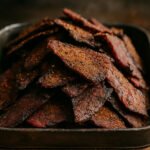
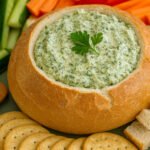

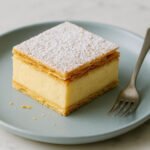
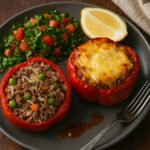
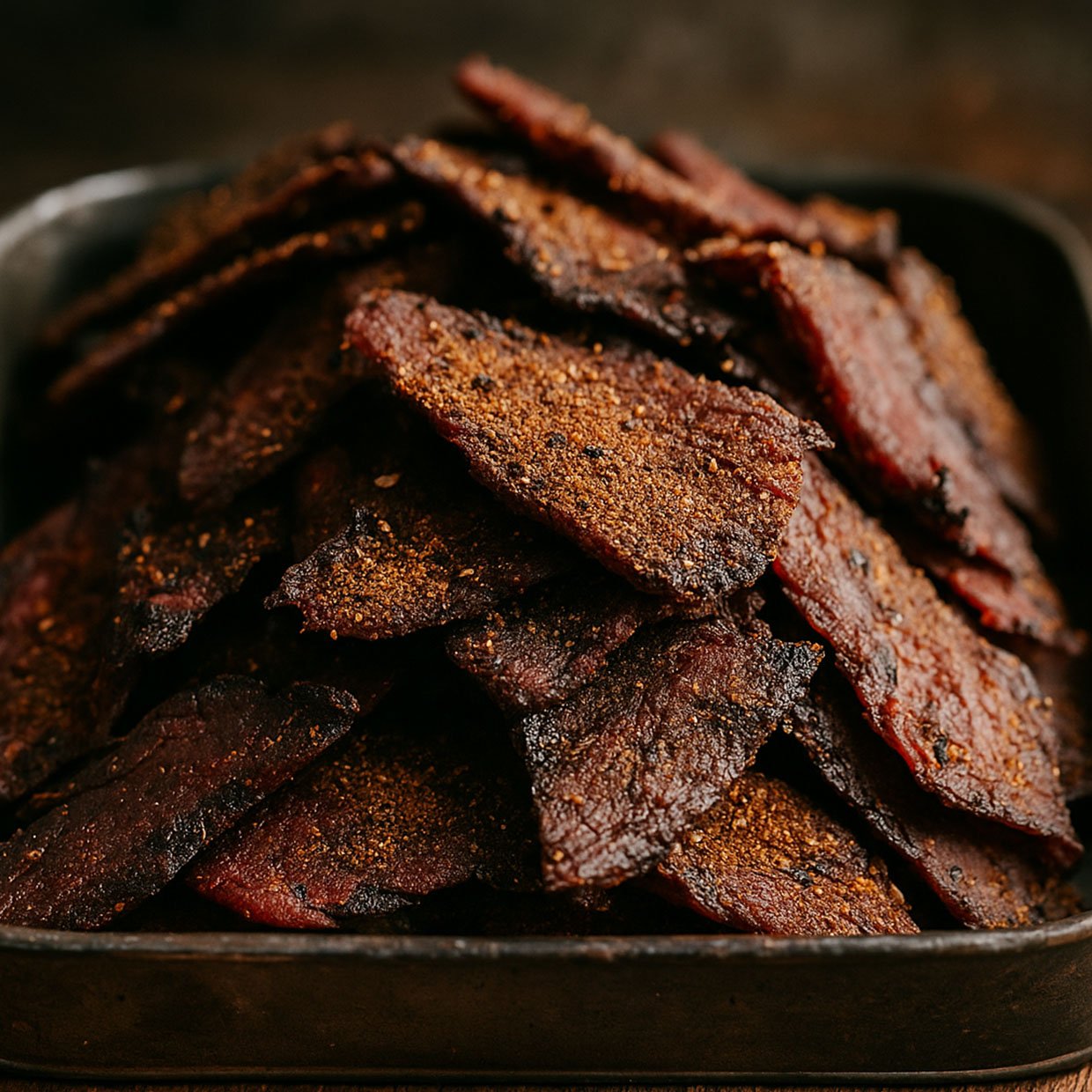
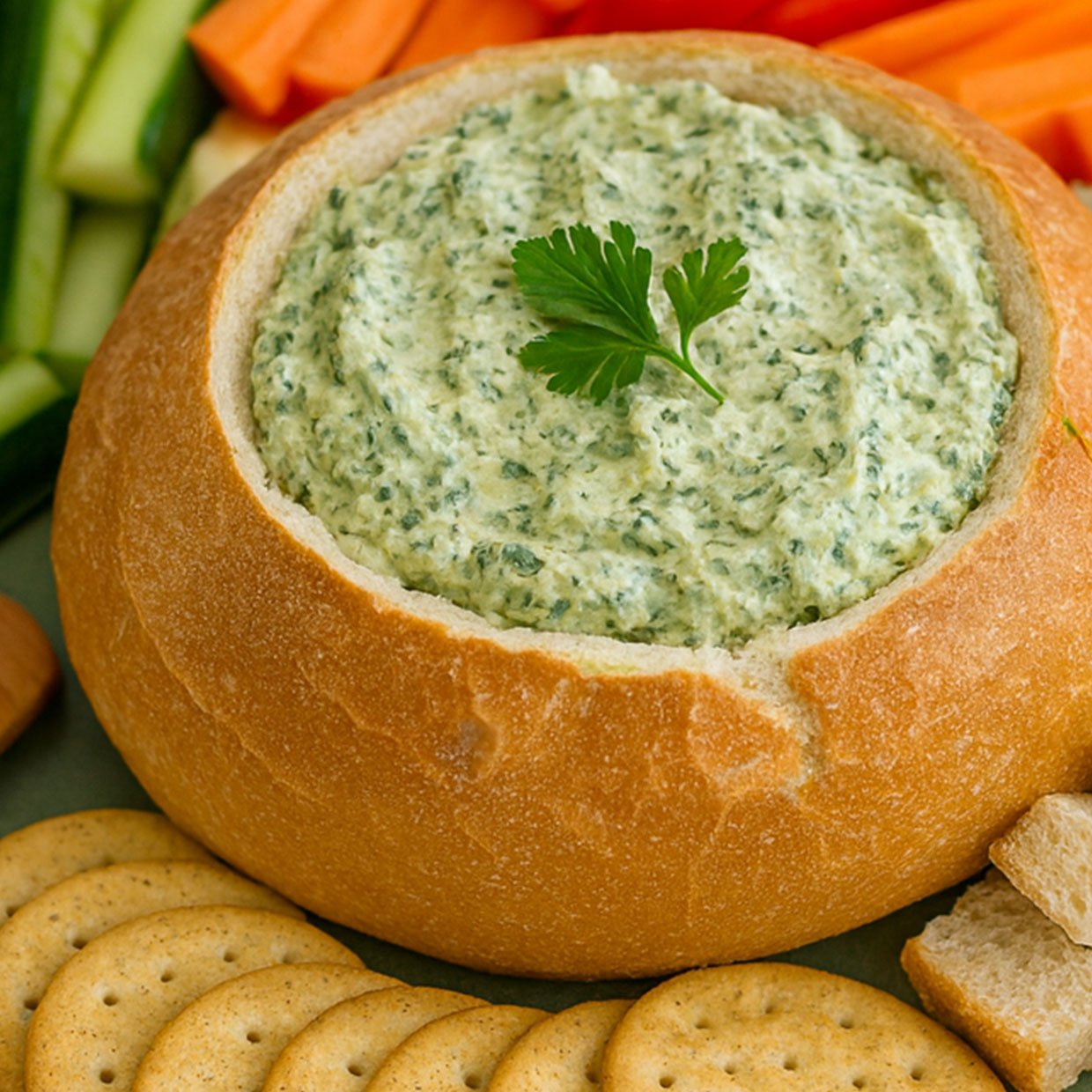
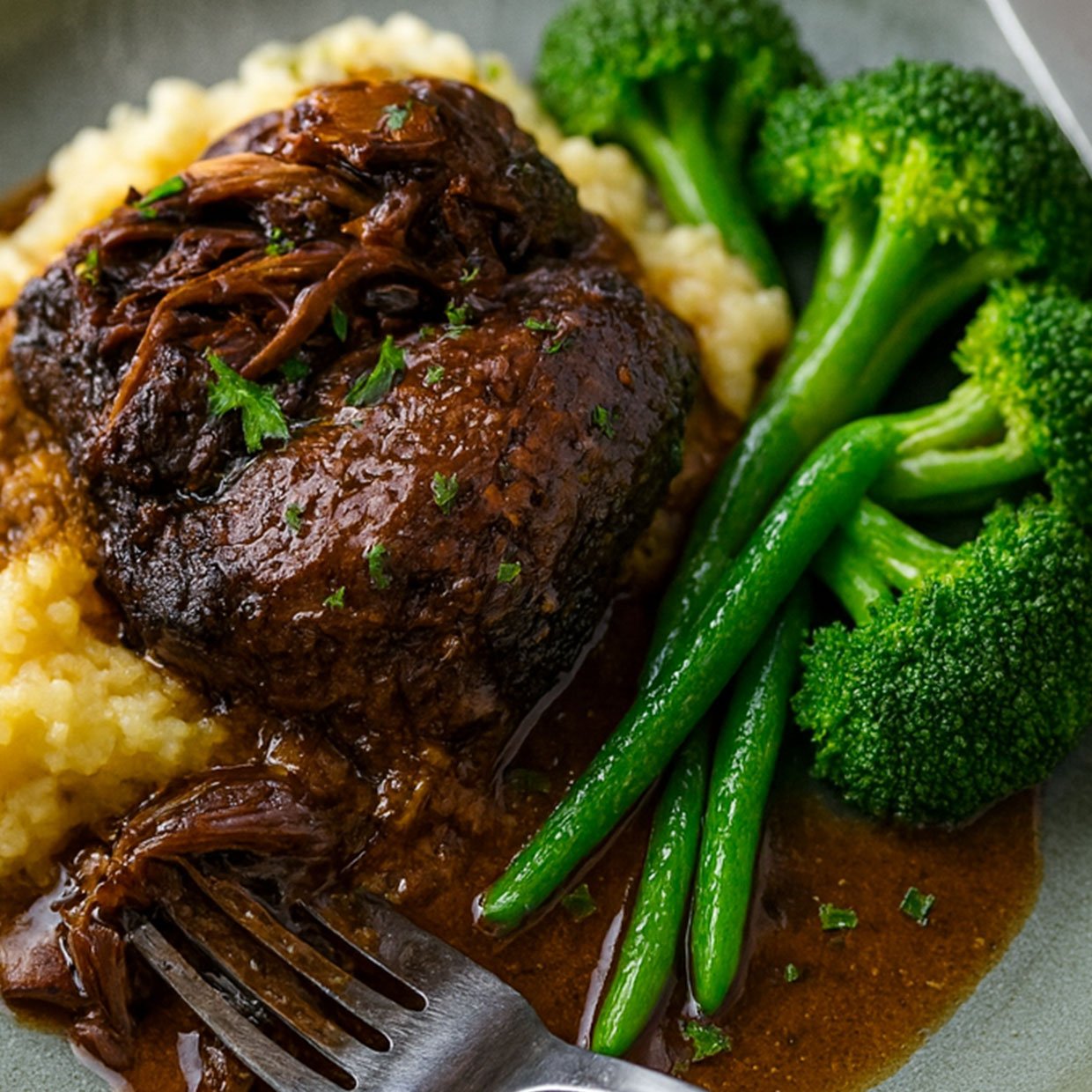
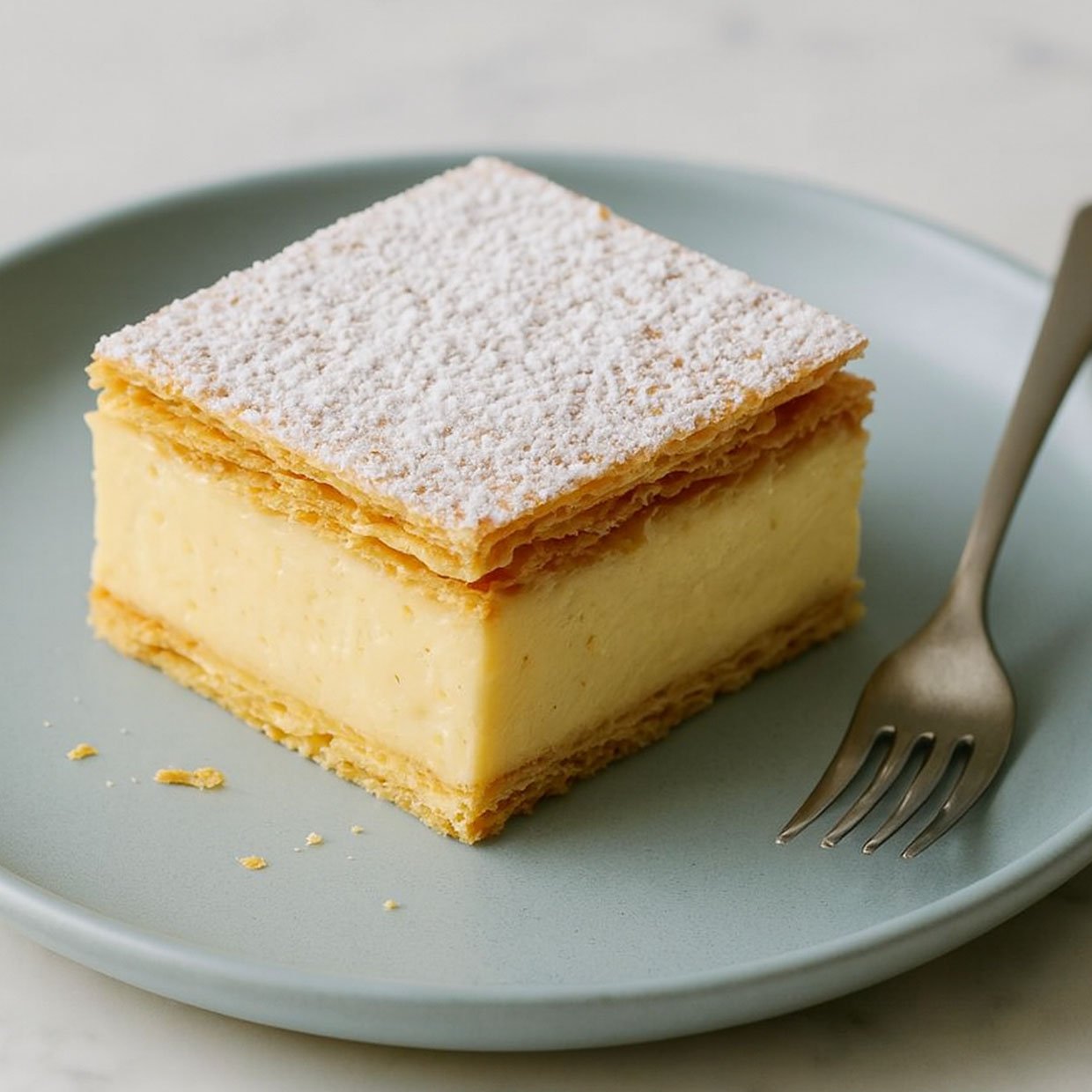
Leave a Reply